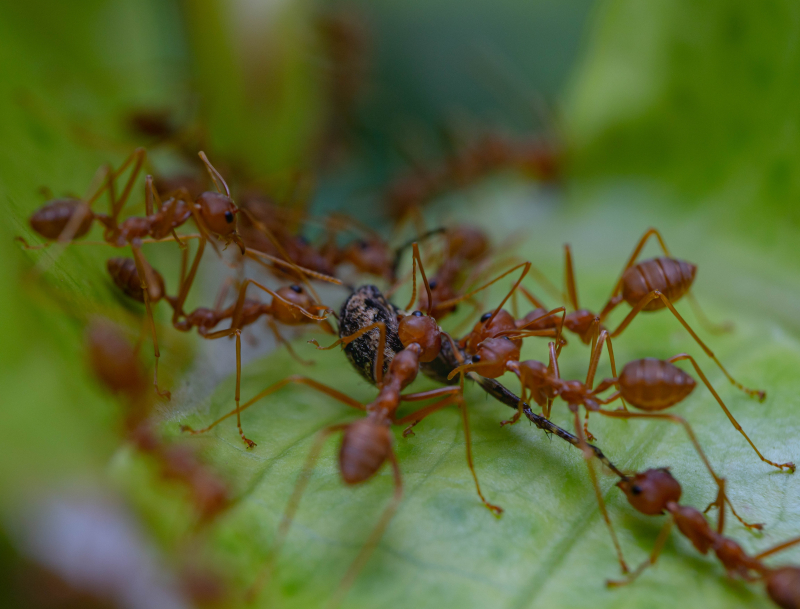Fire Ant
When it comes to a common animal starting with the letter "F", the fire ant is a noteworthy member. Scientifically known as Solenopsis invicta, this ant species has earned its reputation for its aggressive nature, painful stings, and intricate social structure.
Native to South America, fire ants have spread to various parts of the world, thriving in warmer climates. Their colonies are known for their large numbers and organized hierarchy. Fire ant colonies can consist of thousands to millions of ants, with each individual assigned specific roles to ensure the colony's survival.
One distinctive feature of fire ants is their reddish-brown color, which varies among different species. They are small in size, measuring around 1/8 to 1/4 inch (3 to 6 mm) in length. While their size may be modest, their collective strength lies in their coordinated efforts and aggressive behavior.
Fire ants are known for their potent sting, which can cause intense pain and discomfort. When a fire ant perceives a threat to its nest, it releases pheromones to signal other ants to attack. The stings can result in painful, itchy, and sometimes allergic reactions in humans. The venom injected by fire ants contains proteins that can lead to the formation of pustules or blisters.
In addition to their stinging defense mechanism, fire ants are also opportunistic feeders. They consume a variety of foods, including insects, small vertebrates, seeds, and plant matter. This adaptability contributes to their successful colonization of diverse environments.
The social structure of fire ant colonies is intricate, with a division of labor among different castes, including workers, soldiers, and queens. Each member of the colony plays a specific role, contributing to the overall functioning and survival of the community.
One remarkable behavior of fire ants is their ability to form floating colonies during floods. They link together to create a buoyant structure that allows them to float on water until they find dry land. This adaptation showcases their resilience and cooperative abilities in challenging situations.
















